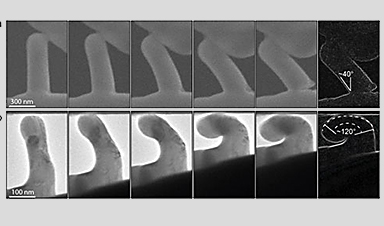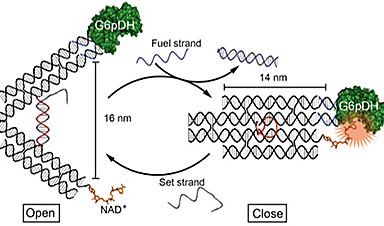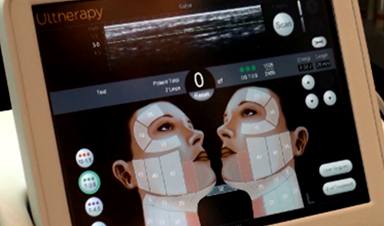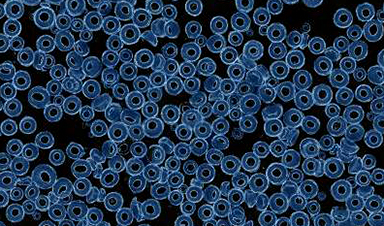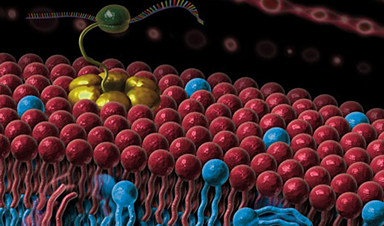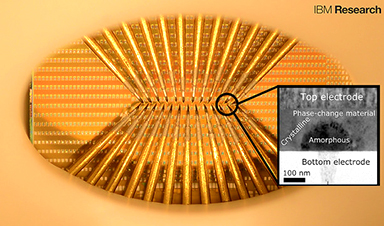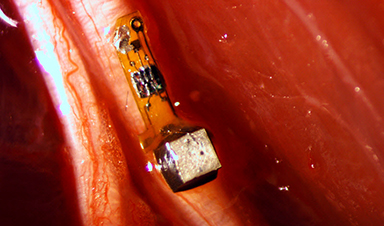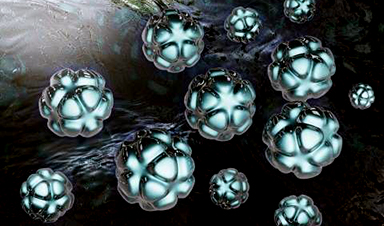Exploring applications of quasicrystals at small scales
From an article by Michael Berger at Nanowerk: The discovery of quasicrystals three decades ago unveiled a class of matter that exhibits long-range order but lacks translational periodicity (Dan Shechtman was awarded the Nobel Prize in Chemistry for the discovery of quasicrystals in 2011). Owing to their unique structures, quasicrystals possess many unusual and useful properties. Bulk quasicrystals [...]
